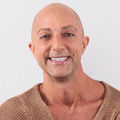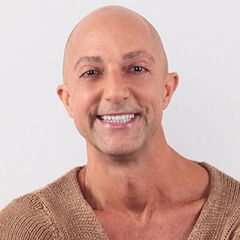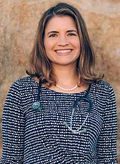One of the most rapidly growing fitness populations across the globe is the active aging market. In fact, fitness programs for older adults are included many top fitness trends lists for 2016, which demonstrates a greater opportunities for health and fitness professionals to hone their message to this dynamic and vocal population. Here are five refreshing tips for making interactions with the active aging market both successful and enjoyable.
1. Call them “active agers.”
The term “seniors” is becoming outdated because it no longer connotes what it did even a decade ago. “When I teach at the Park Ridge Older Adult Recreation Center,” says Bobbie Addams, an active aging expert based in Chicago, Ill., “they tell me that they like the term ‘seniors’ only when they get a discount or collect their social security check.”
Furthermore, the over-50 group may be the most heterogeneous group of the group exercise market. As such, explains Addams, “it’s important to remember that, because one-size-does-not-fit-all in terms of movement prescription, it’s especially important not to lump them all into the same category of ‘seniors.’”
2. Address active agers with proper terminology.
“Good morning, everyone,” or “Hey, you guys,” is not quite as professional as “Good morning, ladies and gentlemen.” Bernadette O’Brien, M.A., an active aging expert based in New Jersey, works as a Development Team member for the BOSU active aging initiative. At age 85, she is one of the oldest certified personal trainers and group exercise instructors working today. “I think it’s important that we show the people over 50 respect when we address them,” she says. “Finishing a class with ‘I wish you all a pleasant evening until we meet again tomorrow’ is a much more polite dismissal than ‘Bye, you guys.”
3. Include neuroplasticity training.
Neuroplasticity is the science of training the brain via an overload to improve in all of its functions, just as if it were a muscle. Kathy Gilbert works with this population exclusively in Tallahassee, Fla., and is the creator of the Brain, Body, Balance program. “One of the best ways to engage in neuroplasticity,” Gilbert explains, “is to engage the body in movement while the brain has to function. So we play the ‘Walkie-Talkie’ game a lot. This involves holding hands and walking in pairs around around the room or parking lot, asking other prepared questions that involve different types of mental tasks like math and long-term memory.” You can find more information on neuroplasticity, here.
4. Keep the music safe.
The American Council on Exercise recommends keeping group exercise music volume to 90 decibels or less, but this upper range of music may prove too loud for this population. While the senses of hearing and sight may wane over time, many participants notice an increased sensitivity to louder music as they age. “I find that the best volume for the majority of my participants is 60 decibels for both land and aqua,” explains O’Brien. “When some need it softer or louder, I position them farther from or closer to the speakers, respectively.” Instructors may also wish to purchase professional music that is pre-screened to avoid any explicit lyrics for all populations in the fitness environment.
5. Speak clearly and slowly.
Addams suggests speaking less and with great quality each time. “They aren’t all hard of hearing, but they like clear instructions at a slightly slower tempo.” Getting into the habit of speaking with only succinct and specific cueing takes practice, but reaps both success and appreciation from this population.
ACE’s new Senior Fitness Manual consolidates all of the latest research for those who train the active aging market. Of the three groups of people over age 50, this article pertains to neither the “fragile” nor the “elite” members of the aging population outlined in that manual, but to those who are the independent, self-efficacious individuals capable of standing and walking.




 by
by 






 by
by